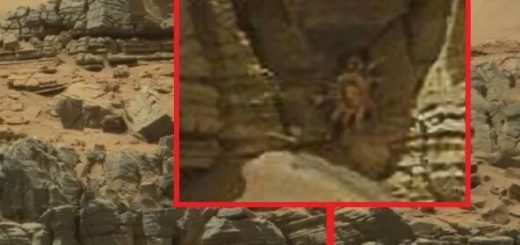Pyramid structures
A pyramid is a structure whose outer surfaces are triangular and converge to a single point at the top, making the shape roughly a pyramid in the geometric sense. For thousands of years, civilisations across the globe have used this architectural design for tombs, fortresses and temples.
 Compelling studies suggest that many of these pyramids were aligned with astronomical events, such as solstices, eclipses and even the Earths own hemispheres.
Compelling studies suggest that many of these pyramids were aligned with astronomical events, such as solstices, eclipses and even the Earths own hemispheres.
The Mesopotamians built the earliest pyramid structures known as ziggurats (e.g. Tepe Sialk and the Ziggurat of Ur). In ancient times they were painted in gold & bronze, endowing them with a luminous quality. The ziggurats were believed to be dwelling places for the gods, and each city had its own patron deity which ruled over the sea, sky, earth etc.
In Egypt, the pyramids were huge structures built of brick or stone. The sun god Ra, considered the father of all pharaohs, was said to have created himself from a pyramid-shaped mound known as a ‘Benben’ before creating all other gods. They were often coated with white limestone in order to give them a shining appearance (as reference to the rays of the sun god).
The Nubian pyramids from Sudan served as tombs for the kings and queens of Jebel Barkal and Meroë. These Nubian Pyramids have different characteristics to their Egyptian counterparts, constructed at much steeper angles. These great tombs were still being built in Sudan as late as 300 CE.
Far to the East, there were many flat-topped like pyramids built in China & Korea between 188 BCE and 675 CE. These huge mausoleums were built for the early emperors of China and their relatives. The ancient Chinese believed that when an emperor died, their soul entered the afterlife, so the mausoleums were constructed as heavenly palaces for their life hereafter.
All of the daily comforts of their past life such as servants, attendants, possessions, pets, wives, guardians, concubines, food and drink were to be provided for them in the after life. This was accomplished by burying all of these things with the deceased when they died. It was not uncommon to kill people in order to be buried with their master, but as dynasties evolved clay replicas replaced the real thing.
The Indonesia culture also featured pyramid structures such as Borobudur temple and Prang temple. These step pyramids were based on the native beliefs that mountains and high places are the abode for the spirit of the ancestors.
Across the Pacific Ocean, a number of Mesoamerican cultures also built pyramid shaped structures. They were typically stepped, with temples on top (similar to the ziggurats of Mesopotamia). These temples were often used as places of human sacrifice. The ‘Pyramid of the Sun’ in Teotihuacán means “the place where men become Gods.” They claim that their pyramids were instruments for transforming the soul after death, just as the Egyptians did.
A recent series of pyramid like structures were built by the Polynesians known as Pā (sacred hill forts). These stepped structures were carved from hill tops, forming a pyramid like shape, and were often used as defensive settlements. The Polynesians believed these earth works were endowed with ‘mana’, a spiritual energy that granted them power and authority.
The common theme which links all these pyramid structures is death, authority and immortality. These temples literally seemed to deify their occupants, who went on to rule from the heavens, their legacy secured and mmemorializedby the wondrous monuments of the ancients.



 Creators of mankind
Creators of mankind Description of “Tall white aliens”
Description of “Tall white aliens” Where they came from?
Where they came from? About hostile civilizations
About hostile civilizations The war for the Earth
The war for the Earth “Tall white aliens” about eternal life
“Tall white aliens” about eternal life Video: “Nordic aliens”
Video: “Nordic aliens” Aliens
Aliens Alien encounters
Alien encounters The aliens base
The aliens base UFO
UFO Technology UFO
Technology UFO Underground civilization
Underground civilization Ancient alien artifacts
Ancient alien artifacts Military and UFO
Military and UFO Mysteries and hypotheses
Mysteries and hypotheses Scientific facts
Scientific facts


















